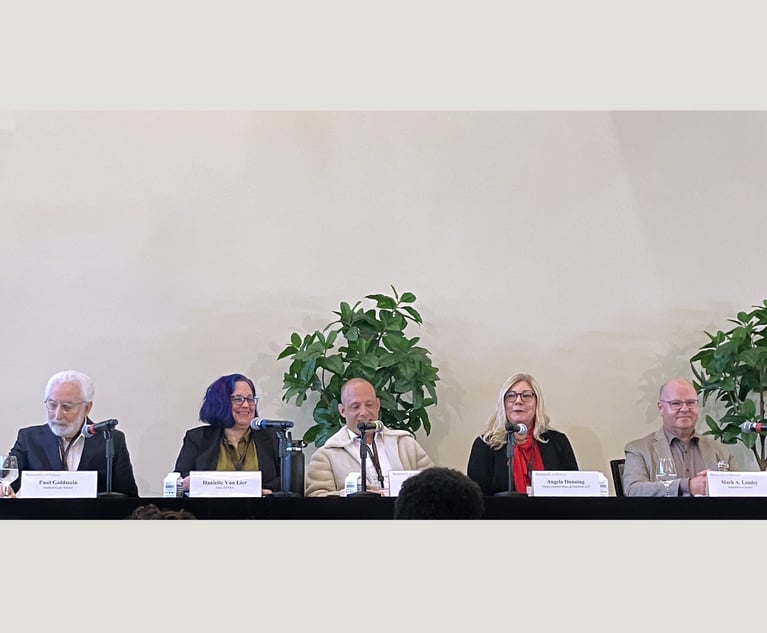The country has started to return to pre-pandemic ways after nearly a year and a half of remote work. For litigators, this means that courts are reopening and holding regular in-person proceedings—and come September, many attorneys will formally return to their offices. But to what extent will the virtual tools so essential to pandemic practice remain essential to the litigation process moving forward?
There is little doubt that remote litigation alternatives—which hold the promise of efficiency gains and cost savings for clients and lawyers alike—are here to stay. But the precise contours of the new status quo remain unclear. The existing rules and standards, removed from the exigencies of the pandemic, may allow those technologies to be used only on an opt-in basis by mutual consent or, failing that, a court order based on a showing of necessity. That structure originates from a pre-pandemic world where virtual tools were the exception, not the norm, and therefore offers parties little guidance or clarity in the post-COVID era.
 Michelle M. Bufano. Courtesy photo
Michelle M. Bufano. Courtesy photo








